Table of Contents
Understanding the Pet Market: Consumer Hobbies and Preferences as Industry Cornerstones
10 Pet Industry Trends of 2024
Sourcing Pet Supplies on Globalsources.com
The pet industry has undergone a significant transformation over the past decade, evolving into a multifaceted market that extends far beyond basic pet care. Today, the industry not only encompasses traditional products such as food and toys but also embodies a broader lifestyle and hobbyist culture among pet owners. Consumer hobbies and preferences have become central to the pet market’s growth, driving innovation and influencing industry trends.
At its core, the pet market’s expansion can be attributed to the changing relationship between pet owners and their pets. Pets are increasingly viewed as family members, a shift that has been instrumental in shaping consumer spending habits. According to the American Pet Products Association (APPA), in 2023, an estimated $143.6 billion was spent on pets in the US alone. This figure shows that more than just spending on necessities for pets, it indicates a willingness among consumers to invest in their pets’ overall well-being and happiness.
Consumer hobbies play a pivotal role in this dynamic. For many, pet ownership is not just a responsibility but a passion that includes various activities and interests. From making their pets participate in agility training and competitive shows to going hiking and traveling with them, pet ownership is a hobby that demands specialized products and services. As a result, the market has diversified to cater to these niche interests, offering everything from travel accessories and sport-specific gear to organic treats and bespoke clothing.
The preferences of pet owners are equally influential. As individuals become more informed about pet health and nutrition, they seek products that align with their values and lifestyle choices. This has led to the emergence of organic, non-GMO, and specialty diet pet foods that mirror human health trends. Moreover, ethical considerations such as animal welfare and environmental impact are increasingly guiding purchasing decisions, prompting companies to adopt sustainable practices and transparency in their sourcing and manufacturing processes.
The rise of social media has also played a crucial role in amplifying consumer hobbies and preferences within the pet industry. Platforms like Instagram and TikTok have given pet owners a space to share their experiences and connect with like-minded communities. This visibility has not only normalized spending on pets but has also created influencers who shape trends and drive demand for certain products. Brands are keenly aware of this dynamic, often partnering with pet influencers to reach a broader audience.
The customization trend is another aspect of consumer preferences impacting the industry. Personalized products, from engraved collars to custom-fit harnesses, are in high demand as owners seek to express their pets’ unique personalities. Services like DNA testing for pets have also gained popularity, offering insights into breed-specific traits and health predispositions, further personalizing care.
Moreover, according to Bloomberg Intelligence’s Pet Economy Report, the global pet industry was valued at $320 billion in 2023 and is expected to grow to almost $500 billion by 2030. This growth trajectory is indicative of how consumer preferences for premium and specialized products are reshaping the industry.
The influence of these consumer trends is evident in the increasing number of specialty retailers and services. Niche boutiques, gourmet treat shops, and spa-like grooming services have become common, catering to discerning pet owners who value quality and experience. The pet services sector, in particular, has seen remarkable growth, with services like doggy daycare, behavioral training, and pet photography becoming standard offerings.
Consumer hobbies and preferences play a vital role in the pet industry. They are not merely following trends but also actively shaping them. This creates a demand for innovative products and services that enhance the quality of their pets’ lives. This symbiotic relationship between consumer interests and industry offerings has created a dynamic market that is adaptable and responsive to the changes in pet ownership trends.
The future of the pet market is closely tied to the preferences and hobbies of consumers. As these continue to change, the industry will also adapt to meet the needs of a diverse and enthusiastic pet-owning community. Whether it’s through innovative health products, eco-friendly initiatives, or personalized experiences, it’s evident that understanding and catering to consumer demands is not only advantageous but also crucial for success in the constantly expanding pet industry.
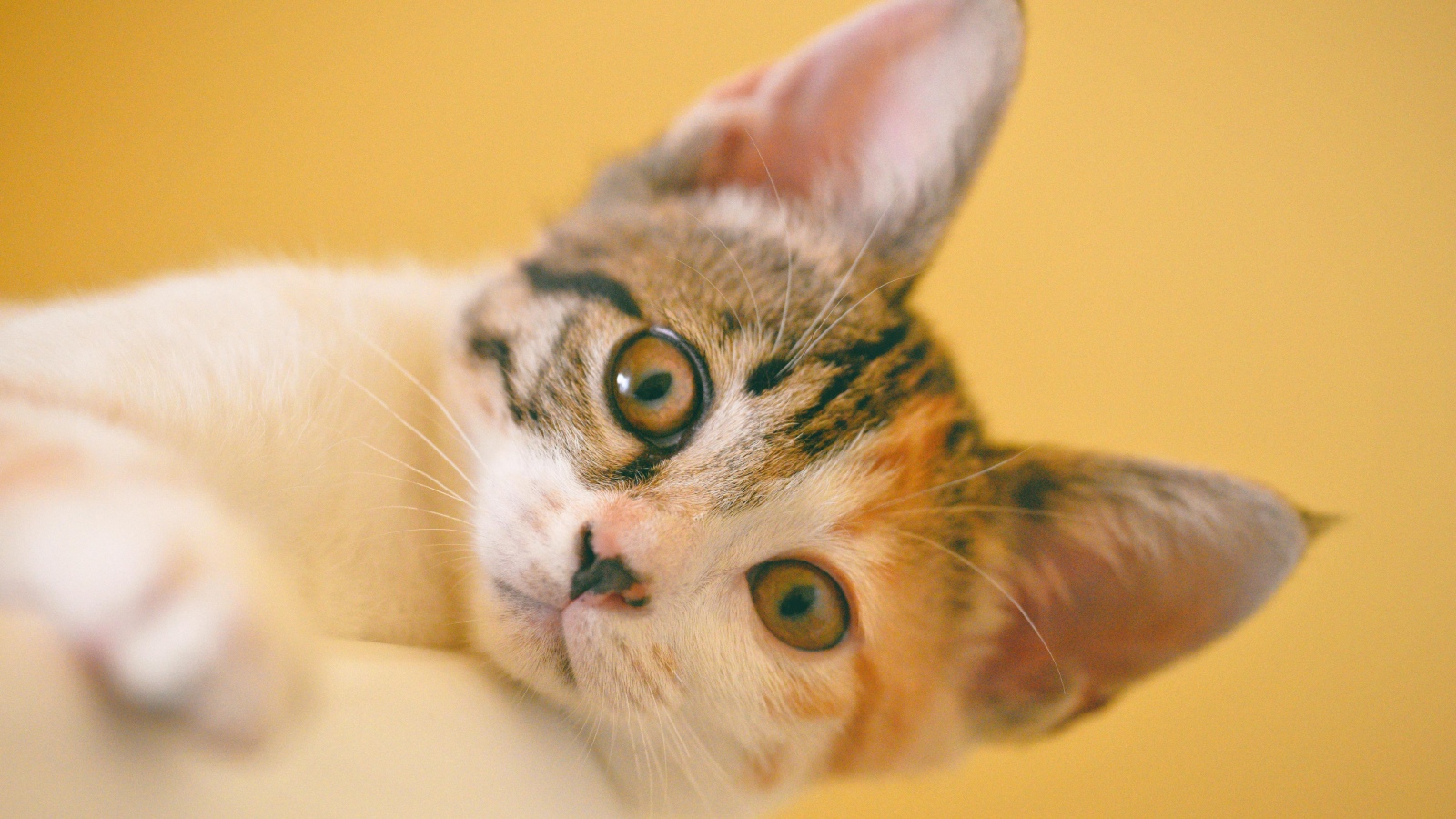
The pet industry has evolved significantly over the past few years, becoming one of the most dynamic sectors in the market. With pet ownership on the rise, there has been a corresponding increase in spending on pet care and products. This introduction will explore the top 10 pet industry trends, providing data to illustrate their growth and citing reliable sources for further validation.
According to market research firm Packaged Facts, pet products are increasingly being modeled after human preferences and lifestyles, a trend known as humanization. This includes pet foods that align with human dietary trends such as non-GMO, organic, and fresh ingredients. The report states that 70 percent of pet owners consider their pets’ diet quality as important as their own.
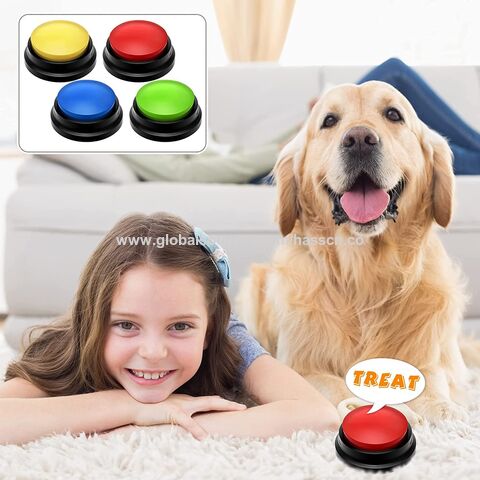
Supplier Profile
Year established: 1994
Export markets: Asia,Australasia,Mid East/Africa,Western Europe
Annual sales: US$10,000,000 to 14,999,999
Total staff: 150 to 199
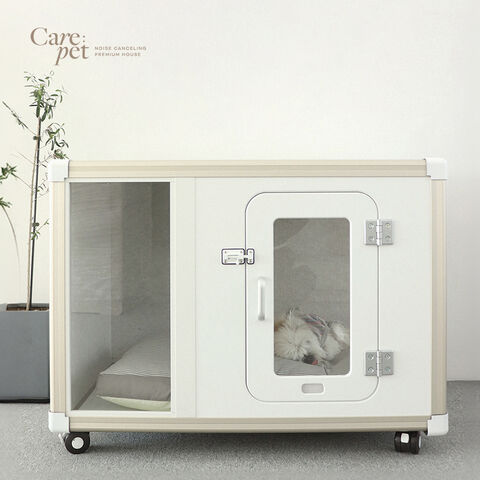
Supplier Profile
Year established: 2019
Export markets: Asia,North America
Annual sales: US$200,000 to 299,999
Total staff: 5 to 9
As per Market.US, there’s a noticeable shift towards premium pet products, with the global luxury pet market, valued at $3.8 billion in 2022, expected to grow at a CAGR of 5.3 percent to reach $6.3 billion by 2032. This trend highlights an increased demand for high-end accessories such as leather collars and designer pet beds and carriers, gourmet food items, and sophisticated health and wellness products for pets.

Supplier Profile
Year established: 2003
Export markets: Eastern Europe,North America,Mid East/Africa,Western Europe,Australasia,Asia,Central/South America
Annual sales: US$2,000,000 to 2,999,999
Total staff: 5 to 9
The pet health insurance sector is booming. In North America alone, a report by the North American Pet Health Insurance Association (NAPHIA) stated that there were more than 4.41 million insured pets in the region in 2021, up 27.7 percent from 2020. Furthermore, the total amount of in-force premiums was $2.837 billion in 2021 — a 30.5 percent increase from 2020. This upward trend is anticipated to continue as pet owners look to offset rising veterinary costs.
A Global Market Insights report indicates that the mobile pet grooming market, estimated at $590 million in 2021, is forecast to grow at a CAGR of 8 percent to reach $1.17 billion by 2030. The convenience of having grooming services come directly to the customer’s home is driving this trend forward, appealing to the busy lifestyles of modern pet owners.
The subscription business model has made a significant impact on the pet industry. An example of such a business is BarkBox, a New York-headquartered company providing dog products and services by subscriptin at monthly rates ranging from $20 to $35. In an article on the company, payment services provide Paddle.com stated that BarkBox’s subscription services — which include monthly shipping of themed dog food, toys and treats — have benefitted some two million dogs since the company’s launch in 2012. In addition, Paddle.com reported that BarkBox has more than 600,000 subscribers and its retention rate is 95 percent.
The integration of technology into pet care is one of the most innovative trends in the industry. Global Market Insights forecasts that the global pet technology market will reach $35 billion by 2032, expanding at a CAGR of 15 percent. Smart pet technology includes IoT devices such as automated feeders, GPS trackers, and health monitoring wearables.
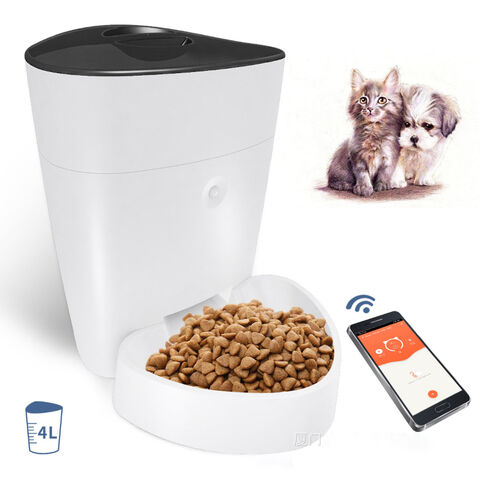
Supplier Profile
Year established: 2001
Export markets: Asia,Australasia,Central/South America,Eastern Europe,Mid East/Africa,North America,Western Europe
Annual sales: US$9,000,000 to 9,999,999
Total staff: 250 to 299
Sustainability is a growing concern among consumers, and this extends to pet products. The American Pet Products Association (APPA) notes an increasing demand for eco-friendly toys, accessories, and packaging in the pet industry, as environmentally conscious consumers seek to reduce their ecological footprint.
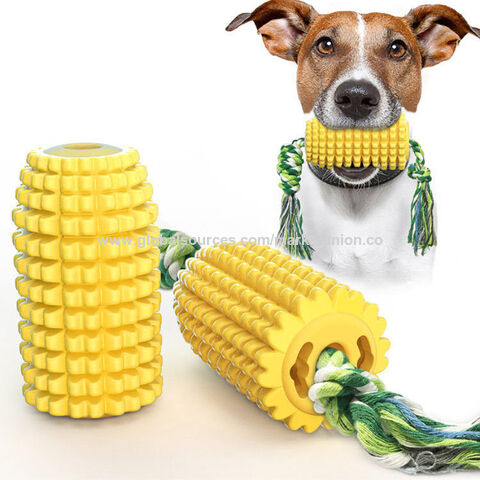
Supplier Profile
Year established: 2004
Export markets: Asia,Central/South America,Eastern Europe,North America,Western Europe
Annual sales: US$100,000,000 to 249,999,999
Total staff: 2,000 to 2,499
Pet-friendly travel options are expanding, with Airbnb reporting a 65 percent increase in searches for pet-friendly accommodations in 2020. The travel industry is adapting to accommodate the needs of pet owners who wish to take their companions on vacation with them.
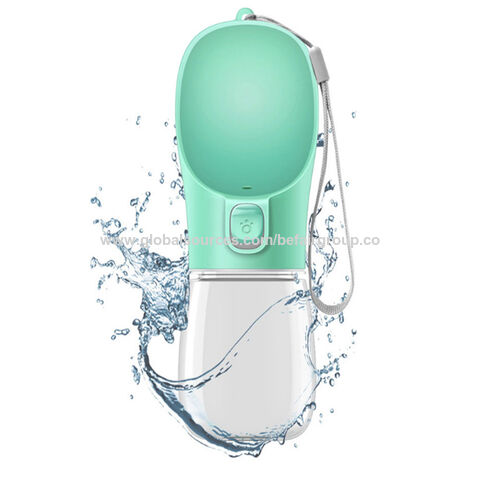
Supplier Profile
Year established: 2004
Export markets: Asia,Australasia,Eastern Europe,Mid East/Africa,North America,Western Europe
Annual sales: US$3,000,000 to 3,999,999
Total staff: 300 to 349

Specialty services such as pet photography, yoga, and even “pawdicures” are becoming more mainstream. According to Thumbtack, a US-based local services marketplace, requests for specialty pet services have increased by 40 percent from 2019 to 2021, indicating a growing market for unique pet-centric activities.
Finally, the foundational trend driving all others is the growth in pet ownership itself. The APPA’s 2023-2024 National Pet Owners Survey revealed that 66 percent of US households now own a pet, which equates to about 86.9 million homes. The report also stated that by generation, millennials comprise the largest pet-owning group at 33 percent of current owners, followed by Generation X at 25 percent, Baby Boomers at 24 percent, Generation Z at 16 percent and Builders at 2 percent.
In conclusion, these top 10 trends demonstrate the diverse and growing nature of the pet industry, driven by humanization, premiumization, technological innovation, and an increasing sense of responsibility among pet owners towards their animal companions’ well-being and environmental impact. As these trends continue to evolve, they offer a glimpse into the future direction of the market and the changing relationship between pets and their owners.
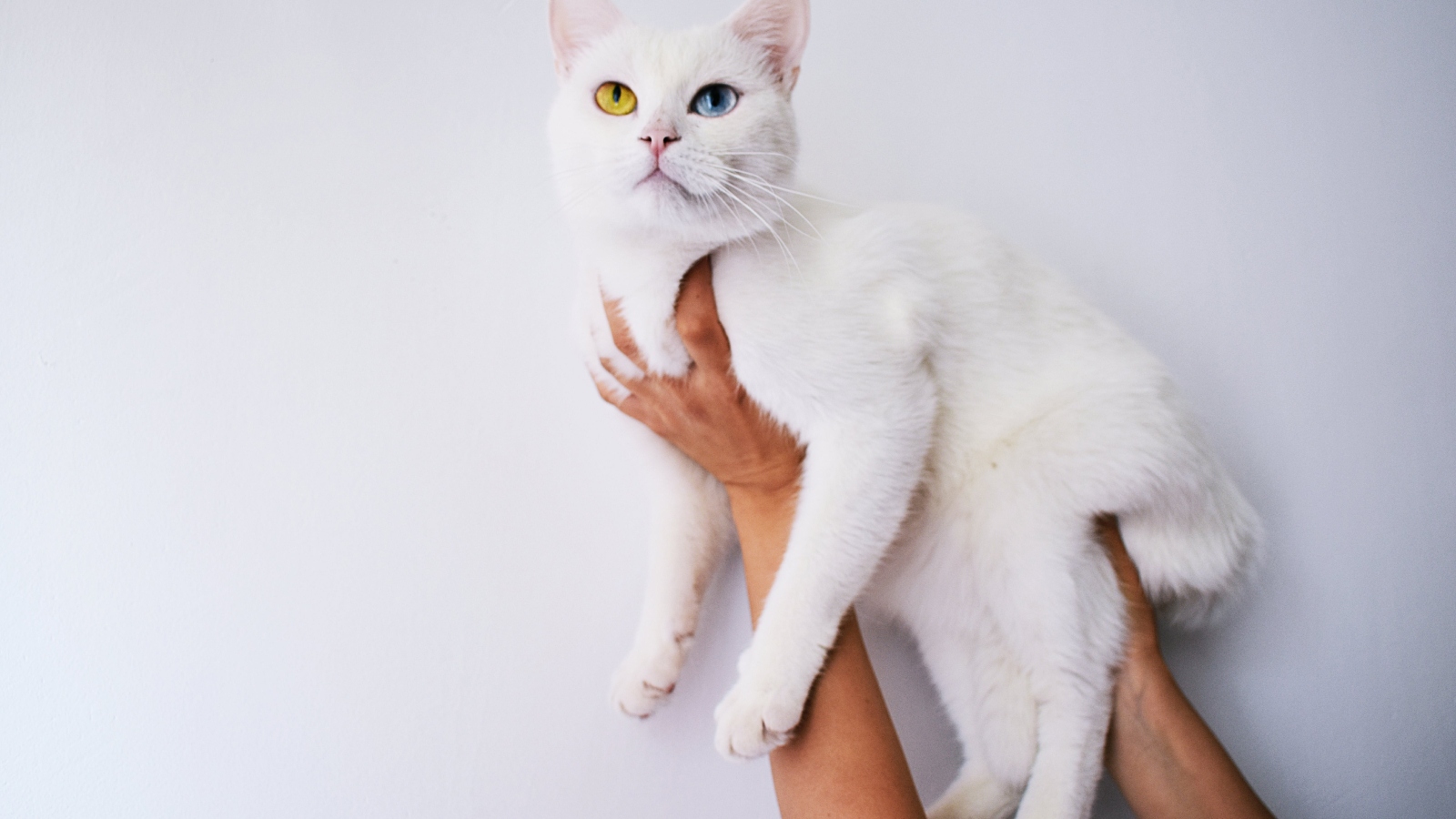
Sourcing pet supplies for your small business can be a daunting task, given the abundance of options available and the need to balance quality and cost-effectiveness. Globalsources.com is a reliable platform for businesses looking to procure goods directly from manufacturers and suppliers worldwide. This guide will help you navigate the process of sourcing pet supplies on Globalsources.com, ensuring you get the best deals for your small business.
Globalsources.com is a business-to-business (B2B) portal that connects international buyers with manufacturers and suppliers, mainly from Asia. It offers a diverse range of products, including a vast array of pet supplies. For small businesses, this platform can be particularly advantageous as it provides access to a wide selection of products at factory prices, which can help keep costs low and quality high.
When starting your search for pet supplies on Globalsources.com, it’s crucial to have a clear understanding of your business needs. Whether you’re looking for pet toys, grooming tools, feeding accessories, or any other pet-related items, defining your requirements will help streamline your search and make the sourcing process more efficient.
Before diving into the vast selection on Globalsources.com, it’s essential to identify the specific pet supplies that align with your business model. Consider the types of pets your business caters to, such as dogs, cats, birds, fish, or reptiles. Each category may require a different set of supplies, and understanding your target market’s preferences is key. Consider factors like the quality of products, the materials used (ensuring they are safe and durable), and the latest trends in pet care.
Globalsources.com offers an intuitive search function that allows you to filter suppliers based on various parameters such as product type, price range, minimum order quantity, and supplier credentials. This functionality is crucial in finding suppliers that not only meet your technical requirements but also fit within your budget constraints.
As you compile a list of potential suppliers, it’s important to evaluate their credibility. Globalsources.com provides supplier verification, allowing you to review their business licenses, certifications, and customer feedback. Choose suppliers with good ratings and reviews to ensure reliability and quality service.
Pricing is a critical aspect when sourcing pet supplies. Globalsources.com allows small businesses to benefit from factory prices by facilitating direct contact with manufacturers. However, it’s important to note that these prices often come with minimum order quantities (MOQs). Ensure that you understand the MOQs associated with each product and how they align with your inventory turnover and storage capabilities.
Clear communication is vital in establishing a good working relationship with suppliers on Globalsources.com. Discuss your requirements in detail, including specifications about size, color, material, and any customizations you need. Don’t hesitate to ask questions about the manufacturing process, quality control measures, lead times, and after-sales support.
Before placing large orders, consider requesting samples. This allows you to assess the quality of the products firsthand and determine if they meet your standards and expectations. Once satisfied with the sample quality, you can proceed with more substantial orders with confidence.
Quality assurance is another significant factor when sourcing pet supplies. Ensure that the products comply with relevant safety standards and regulations. Inquire about the supplier’s quality control processes and whether they can provide any certifications or test reports for their products.
Understanding the logistics involved in shipping large orders internationally is crucial. Globalsources.com provides information on various shipping methods offered by suppliers, but it’s up to you to decide which option best suits your needs in terms of cost and delivery time.
When calculating the total cost of your order, factor in shipping fees, customs duties, taxes, and any additional handling charges. It’s also wise to discuss these details with your supplier to avoid unexpected costs.
Developing long-term relationships with suppliers can lead to better pricing, priority order processing, and potential partnerships for product development. Once you’ve established a rapport with a supplier and have had several successful transactions, you can negotiate terms more effectively for future deals.
In conclusion, sourcing pet supplies from Globalsources.com can be a strategic move for small businesses looking to expand their product offerings while keeping costs down. By thoroughly understanding your needs, diligently selecting suppliers, effectively communicating your requirements, ensuring quality assurance, managing logistics efficiently, and fostering long-term relationships with suppliers, you can create a solid foundation for your pet supply sourcing endeavors.

Leave a comment